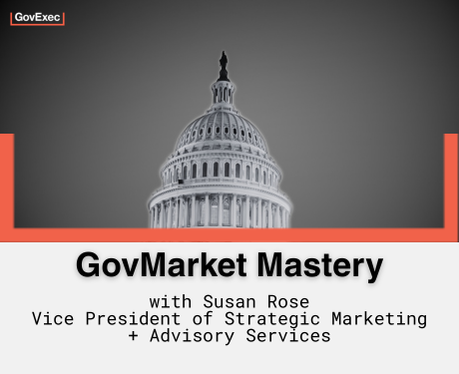In the ever-evolving landscape of...
Wait, stop right there. If you've been using ChatGPT, you already know that sentence is a telltale GPT creation.
Let’s cut to the chase. Now that we’re more familiar with using it, what’s the real deal with ChatGPT — the good, the bad, and yes, the ugly?
The Good
ChatGPT has undoubtedly become a valuable tool for marketers, writers, and communicators, helping them work more efficiently.
Here’s where it’s amazing:
- For fact-checking, it’s a lifesaver.
You can ask it to cross-check your content against the source material when you’re drowning in information. You can also ask it to summarize or sift through a treasure trove of information and pull out the highlights — fast.
- It’s also your on-call editing assistant.
Struggling with self-editing? ChatGPT’s there. No judgment, just help.
- Combat writer’s block.
When writer’s block hits, this tool can turn those half-formed ideas into something coherent.
- It's excellent at capturing brand voices, too.
- Want it to sound playful or formal?
Just tell it. It can even deliver humor, as long as that fits your style.
- And if you’re juggling multiple languages, you’re in luck.
Ask in one language, and it’ll respond in another.
The Bad
But with all that goodness, ChatGPT comes with some real downsides.
- First and foremost, plagiarism concerns can’t be ignored.
Generative AI often blurs the lines of originality. For example, logos created this way can’t be trademarked, leaving a gray area around intellectual property.
- Another issue is the "favorite phrases syndrome."
ChatGPT often relies on certain words and clichés, sometimes even throwing out odd analogies. This tendency has been creeping into company blogs, often resulting in content that feels formulaic.
- Consistency can also be a struggle.
You might instruct ChatGPT to avoid Oxford commas or stick to a particular style, but it doesn’t always listen, which can be incredibly frustrating when you’re aiming for uniformity.
- Then there's prompt paralysis.
Sometimes, it’s faster to rely on your own skills than spend time laboring over the perfect prompt.
- Lastly, it still needs a lot of guidance when it comes to storytelling.
While ChatGPT can manage a decent press release or condense a 50-page research paper, it’s not exactly a natural storyteller or reporter. If you’ve ever asked it to write a news lead, you know it’s not exactly Pulitzer material.
The Ugly
Now, for the truly ugly side.
- ChatGPT can be confidently wrong.
It’ll deliver the wrong answer with total certainty. If you’re not careful, it’ll keep making the same mistakes even after you try to correct it. Bias is another issue — it’s trained on human data, after all.
- It also doesn’t know everything.
ChatGPT might sound convincing, but it has knowledge gaps. Sometimes, it misses important details or the nuances that make information accurate, so you can’t always count on it to get things right.
- The environmental impact is another ugly truth.
Each ChatGPT query leaves a footprint. According to The Washington Post, writing a 100-word email uses as much water as a full bottle and enough electricity to light 14 LED bulbs for an hour.
- You might start having difficulty creating quality content on your own — and people will notice.
Relying on it too much can chip away at your skills, making it tougher to show off your unique voice and insights that make your work stand out.
- Finally, where’s the info coming from?
ChatGPT doesn’t offer transparency. Other AI tools, like Google Gemini, actually provide sourcing. In an era where misinformation and disinformation run rampant, knowing where facts originate is essential for making informed judgments.
The Alternatives
There’s no shortage of AI chatbots out there, including:
But when it comes to GovCon, GovTribe AI takes it a step further by including data not available in other AI tools, like opportunity and award insights for Federal, State, and Local markets. There’s even a handy prompt guide to get you started.
The Bottom Line
When you use it wisely, ChatGPT is a fantastic way to augment your work, spark ideas, and speed things up. But at the end of the day, it’s just a tool. The real creativity, nuance, and judgment come from you.
Treat it as a sidekick, not the star, and you'll get the best of both worlds.
For more information on using AI to optimize your marketing campaigns, contact Solutions@GovExec.com.

